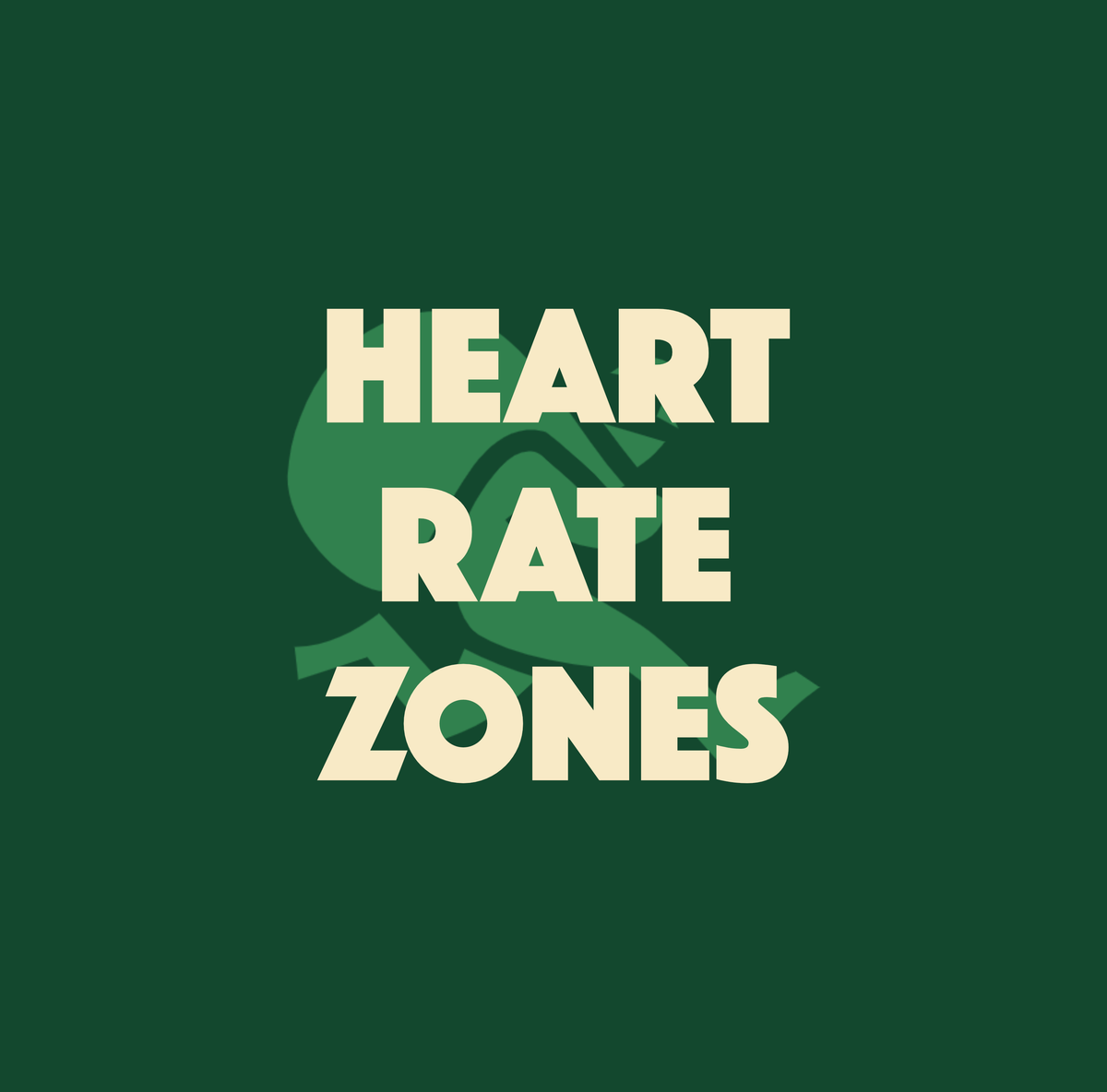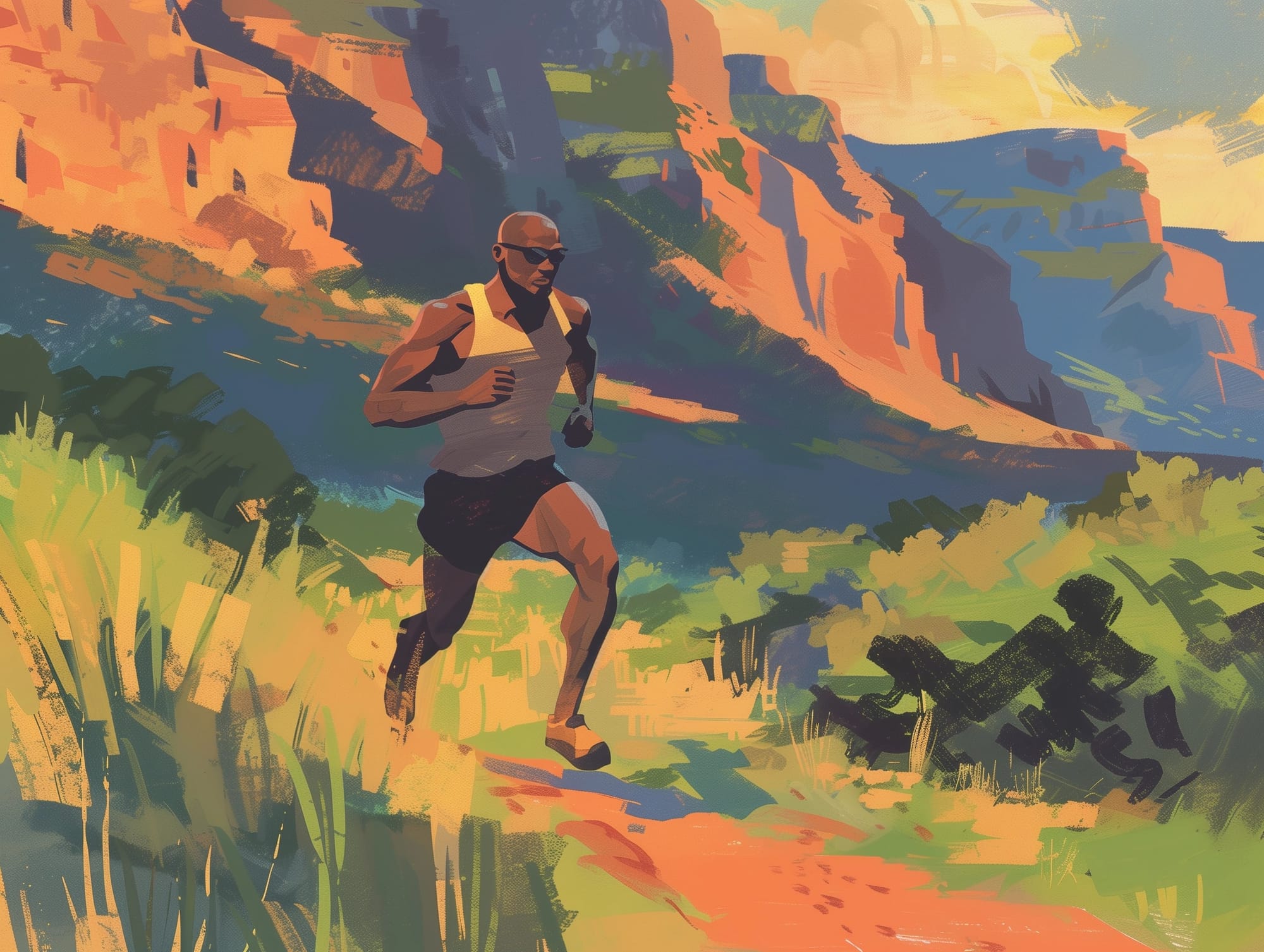I know, the word breathwork sounds corny, so you can alternate it with breathing exercises. Point is that it helps. Breath is life. In the context of yoga, it’s not just a way to stay calm—it’s a discipline of its own. Known as Pranayama, breath control is one of the Eight Limbs of Yoga and serves as a bridge between the physical and mental practices. Whether you're deep in a pose, grinding through a lift, or zoning in on a long run, your breath is the thread that connects body, mind, and intention.
When used with awareness, breath becomes a powerful tool for regulating energy, focus, recovery, and emotional state. It's not background noise—it's the remote control for your nervous system.
Why Breathwork Matters
Your breath impacts nearly every system in your body. Here's how:
- Oxygen delivery – Better breathing sends more oxygen to your muscles and brain
- Energy efficiency – Smooth, deep breaths conserve energy and reduce waste
- Mental focus – Conscious breathwork settles the nervous system and sharpens your awareness
- Recovery – Slow breathing triggers the parasympathetic nervous system (rest-and-digest mode)
If you’re hitting a wall too early in a run, losing form mid-lift, or feeling foggy in meditation—it might not be your body. It might be your breath.
How Breathing Works
Breathing isn’t just lungs doing their thing. It’s your diaphragm, a dome-shaped muscle below the lungs, that draws air in when it contracts and pushes it out when it relaxes.
There are two basic modes:
- Chest breathing (shallow, stress response)
- Diaphragmatic breathing (deep, relaxed, efficient)
Most people default to shallow breathing, especially under stress. But belly breathing—where your diaphragm takes the lead—is more effective for performance and presence. It increases oxygen uptake, reduces fatigue, and keeps you grounded.
Box Breathing (4-4-4-4)
Inhale, hold, exhale, and hold again — each for 4 seconds. Creates balance, calm, and focus.
Deep Calm (4-6)
Inhale for 4 seconds, exhale for 6. Slows the heart rate and activates relaxation.
Wim Hof Method (30 breaths + hold)
Take 30 deep, fast breaths, then exhale and hold. Boosts energy, circulation, and resilience.
Ocean (Ujjayi Style)
Breathe deeply through the nose with a gentle throat constriction, creating an ocean-like sound. Enhances focus and flow in movement or meditation.
CO₂ Tolerance Table
Practice gradually lengthening your exhale and breath holds to build resilience, endurance, and CO₂ tolerance.
Here are a few practical breathing exercises, rooted in both yogic tradition and modern performance science:

Thank you for reading this post. If you liked it:
Subscribe to get updates on new blog posts, training resources, events and more. You'll get one email a week at most.
Check out some Research: our free collection of training plans, workout guides, nutrient-dense grocery lists, pace calculators, and other tools to support your quest.
Have a tip, story, or idea? It could end up in a future post. Email me anytime with questions, thoughts, or even confessions — we're all in this together.


